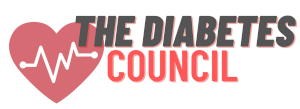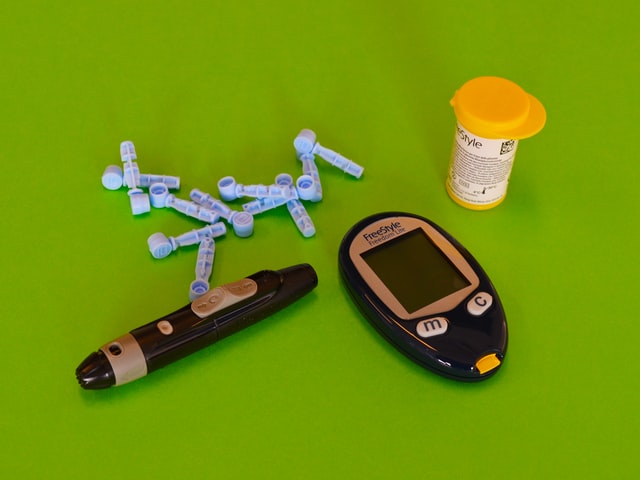
This is a disease that can happen to a diabetic when their blood sugar levels are too high. The blood vessels in the eyes end up damaged. It is actually the retina that suffers the most damage. Some people may end up losing their sense of sight due to Diabetes and high blood sugar levels.
Contents
This was a progressive disease that could lead to irreversible damage. If diagnosed early enough, the progression could be slowed down. However, it is important to know that this is the most common disease that can happen to the vision of a diabetic.
There are two types of Diabetic Retinopathy and they happen in four stages. We will go through each one in as much detail as possible. Diabetic Retinopathy does not just damage the vessels in the eye, it can also create abnormal blood vessels in the retina.
The Two Types
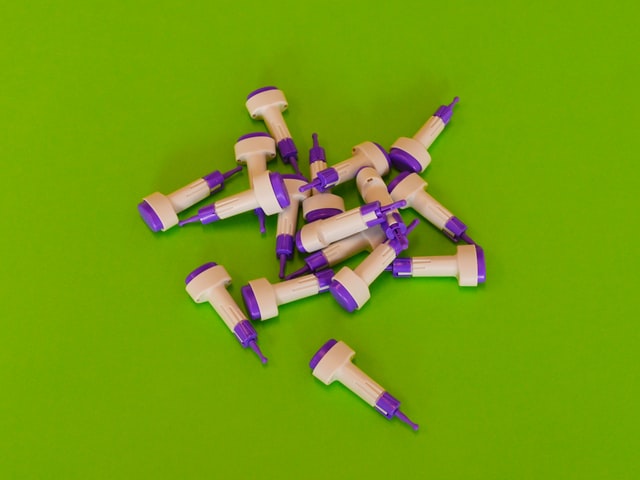
As stated, there are two types of Diabetic Retinopathy. These would be Proliferative and Non-proliferative.
Proliferative
Proliferative is the advanced stage of Diabetic Retinopathy. This can be considered the final stage of Diabetic Retinopathy.
NonProliferative
This type includes the first three stages of Diabetic Retinopathy. These are the early stages of the disease. Most often it would be difficult to recognize the first stage unless the diabetic stays on top of all issues they are experiencing.
The Stages
Stage 1

Mild Nonproliferative Diabetic Retinopathy
In the earliest stage, it can be characterized by small areas of swelling in the blood vessels of the eye or eyes. These are called microaneurysms by Medical Professionals.
Also at this stage, small amounts of fluids can leak into the retina. This in turn leads to swelling of the Macula, the area near the centre of the retina.
If you have this stage, you have a 25% chance of conditional advancement. This could happen within the next three years.
Stage 2

Moderate Nonproliferative Diabetic Retinopathy
The increased swelling of the small blood vessels starts to affect the eye or eyes, by interfering with the blood flow to the retina. The retina is now not receiving the proper nutrition it needs. There begins to be an accumulation of blood and other fluids within the Macula.
Stage 3

Severe Nonproliferative Diabetic Retinopathy
More blood vessels in the retina become blocked, and a larger area is now being affected. There is a major decrease in the amount of blood that is reaching into the area. The body begins to send signals to begin growing new blood vessels in the retina.
Stage 4

Proliferative Diabetic Retinopathy
This is considered the final stage of Diabetic Retinopathy. It is the most severe of the stages. The body has signalled that it is time to grow new blood vessels in the area, however, these are very fragile. As the blood begins to flow through these new blood vessels, they could rupture easily since they are so fragile. This will lead to more blood and fluids in the area.
It is at this stage that the various vision problems start getting worse. Some of the issues that begin to increase in severity are blurred vision, reduced field or a reduced amount of vision that the patient can see. Blindness can also be the last issue that the Diabetic will experience.
Symptoms
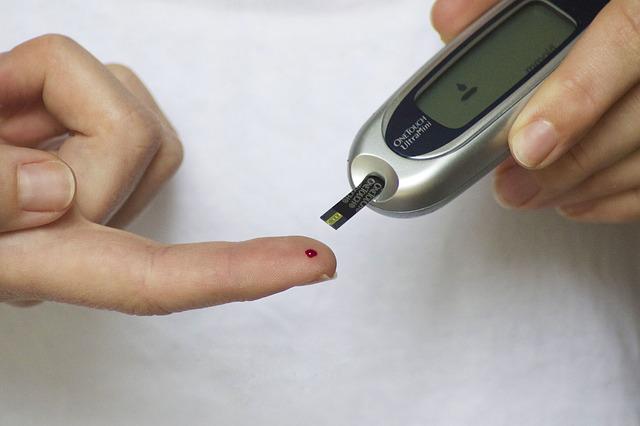
There are some people who will not experience much in the way of symptoms until they are already in the Proliferative Stage. It is wise to realize that Diabetic Retinopathy can affect both eyes at the same time. The symptoms of Proliferative Diabetic Retinopathy can and will affect the Diabetic patient in unimaginable ways.
The symptoms that should be watched for, kept an eye on and spoken about with your Physician include the following:
- Increased number of ‘floaters’ in the eyesight
- Blurry Vision
- Distorted Vision
- Colours continue changing
- Decreased field of vision, area that patient is able to see
- Difficulty seeing at night, poor night vision
- Loss of vision entirely
Please remember also that Diabetic Retinopathy can affect both eyes at the same time, it is quite common for the symptoms to affect both eyes rather than just one.
Diagnosis
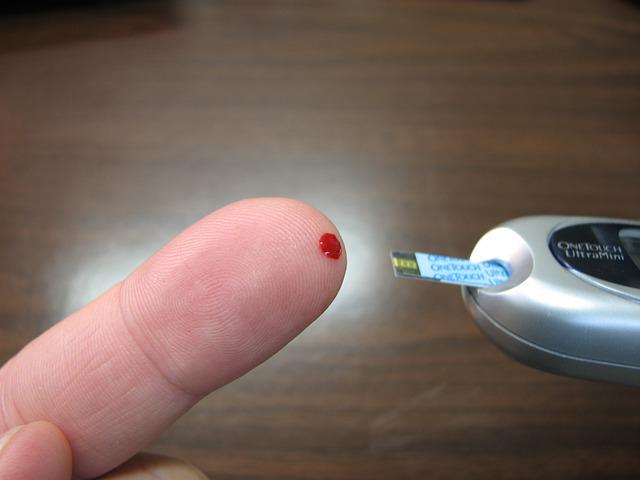
In order to receive the proper diagnosis, the physician will need to perform a complete examination of the eyes. This comprehensive testing will include the following:
- The curvature of the Cornea
- Visual Acuity
- Eye muscle movement
- Peripheral Vision
- Depth perception
The Physician is also going to dilate the eye in order to examine the retina and also the optic nerve. The eye doctor will also be able to diagnose Diabetic Retinopathy by using a special test that will show any abnormal blood vessel growth or leakage of blood or other fluids.
This test is performed by injecting a dye into the arm and using special machines to watch the blood travel through the blood vessels in the retina.
Treatment
Although Diabetic Retinopathy is irreversible, it can be treated. The obvious way of treating any illness or disease that comes along with Diabetes is to increase physical activity and maintain the required medicines by taking the recommended dosage as directed. The Diabetic patient should also be sure to eat a well-balanced diet.
According to all medical research, keeping the blood glucose levels at an acceptable range can aid in slowing down the progression of Diabetic Retinopathy. It will also slow the progression of vision loss.
If the Diabetic Retinopathy is caught early enough the only treatment that may be necessary is blood sugar management. Although the Physician will still monitor your eyes and the Macula. This is done in hopes that the Diabetic Retinopathy does not progress.
The majority of treatment will depend on the progression of the Diabetic Retinopathy. For instance, if the patient is in the nonproliferative stages, possible treatment options may include:
Laser Surgery
Photocoagulation reduces the drive for abnormal blood vessels. It also may reduce the swelling in the retina.
Eye Medications
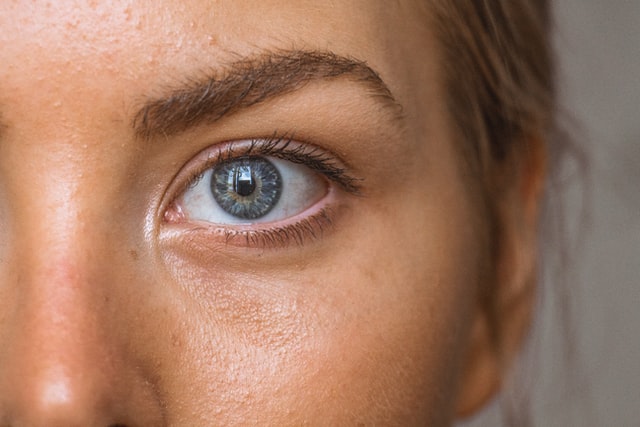
The Physician may opt for a steroid injection in the eye. This injection can stop inflammation and prevent the formation of new blood vessels. It is possible that the patient may also be a candidate for anti-VEGF medication. This can help to reduce the swelling in the Macula and help to improve some vision. Both of these options are administered as an injection directly in the eye.
Vitrectomy
If the disease is Proliferative Diabetic Retinopathy, there is a surgery called Vitrectomy available. This surgery has the ability to treat the vitreous and the retina. The vitreous is a jelly type of substance in the middle of the eye.
This surgery can remove scar tissue, blood and other fluids. It can also remove some of the vitreous jelly so that the light rays can focus directly on the retina. While at the same time, retinal detachments can be repaired, the traction in the retina can also be repaired.
Prevention
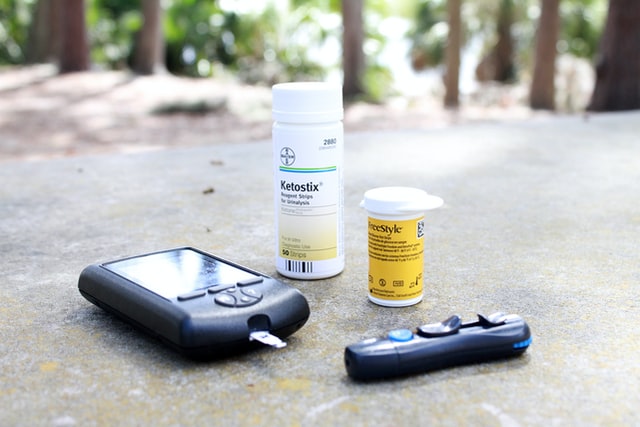
To restate the facts, in order to prevent Diabetic Retinopathy, following a well-maintained diet, monitoring glucose and managing blood sugar. Following a healthy diet involves sticking to a well-balanced meal. It is not just food, it is not just your blood glucose, Diabetic patients need to eliminate the other harmful habits such as smoking, and cholesterol should be lowered to a healthy level.
Granted, this is true for all people, however, when you have a chronic condition such as diabetes, the patient needs to do all that is possible for them to obtain a longer life and a healthier lifestyle.
Physical activity is another mandated suggestion. This does not mean that you have to perform a strenuous workout each day. Simply taking a walk around the block, down the road, or even biking will help the person develop healthier standards and therefore a healthier life.
Simply stated, for those with Diabetic Retinopathy, the patient does need to mandate their own actions first and foremost. The patient is the person who will be responsible for making their meals, who will also be in charge of being physically active and also the one who is responsible for eliminating the bad habits.
The health of each person is their own responsibility. Your physician is the person who can teach them what needs to be done, to be there to assist and help. The physician will perform tests and prescribe medication, however, they are not there 24 hours a day to enforce the behaviour that should be followed.
In order to remain in the best health possible, the diabetic should follow a healthy diet, follow some form of exercise to keep the patient active and maintain a healthy weight.
If diabetic medication is prescribed, it must be taken as directed, when and the exact amount. Blood sugar monitoring should be done as often as it is necessary, more so if the patient is not following the suggested meal plans.
Ultimately, Diabetic Retinopathy can be slowed down in progression when all directions are followed. Diabetes does not mean the patient must have a terrible time in life. There are many Diabetics who lead a long, healthy, active and fun life.

